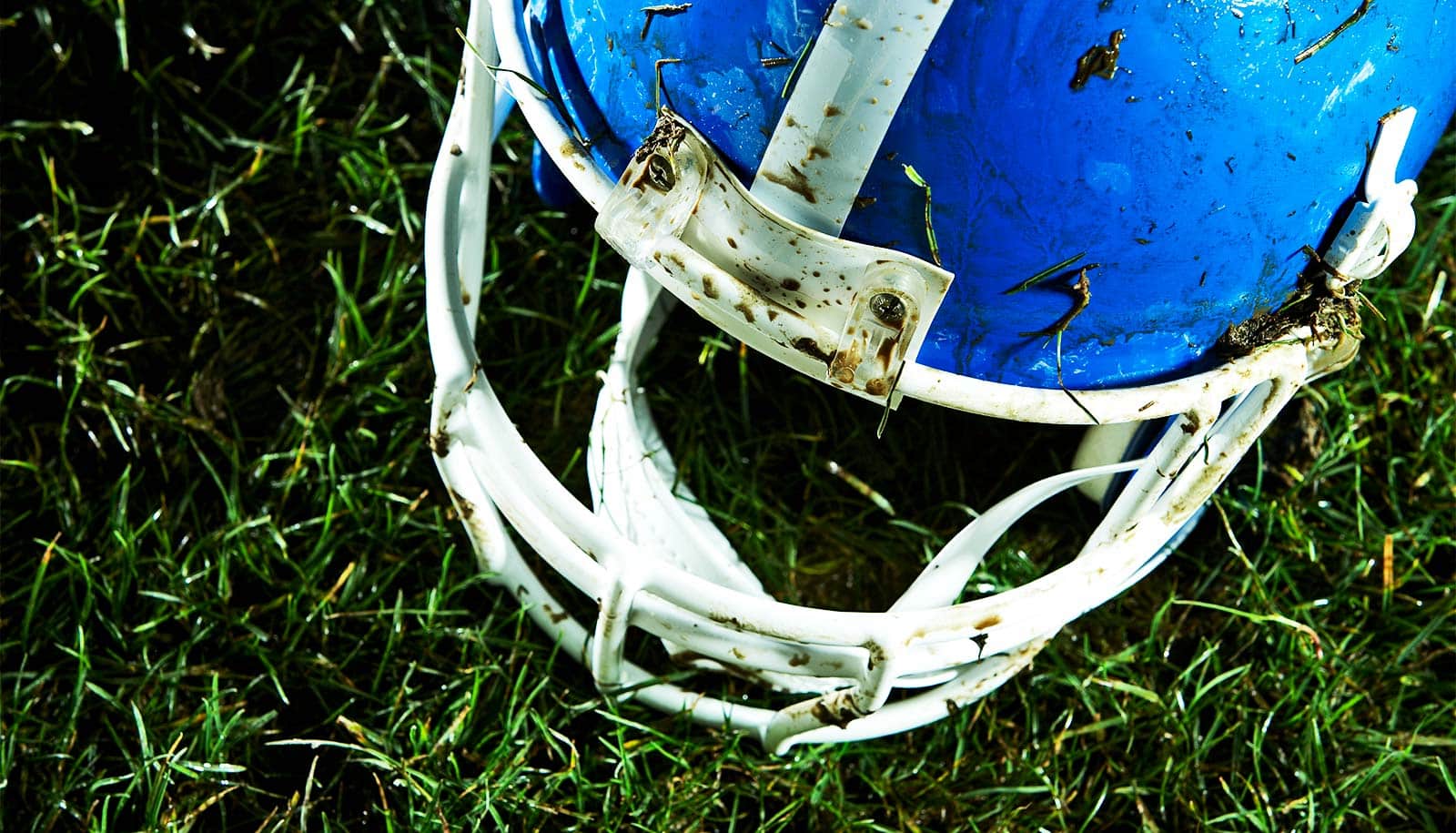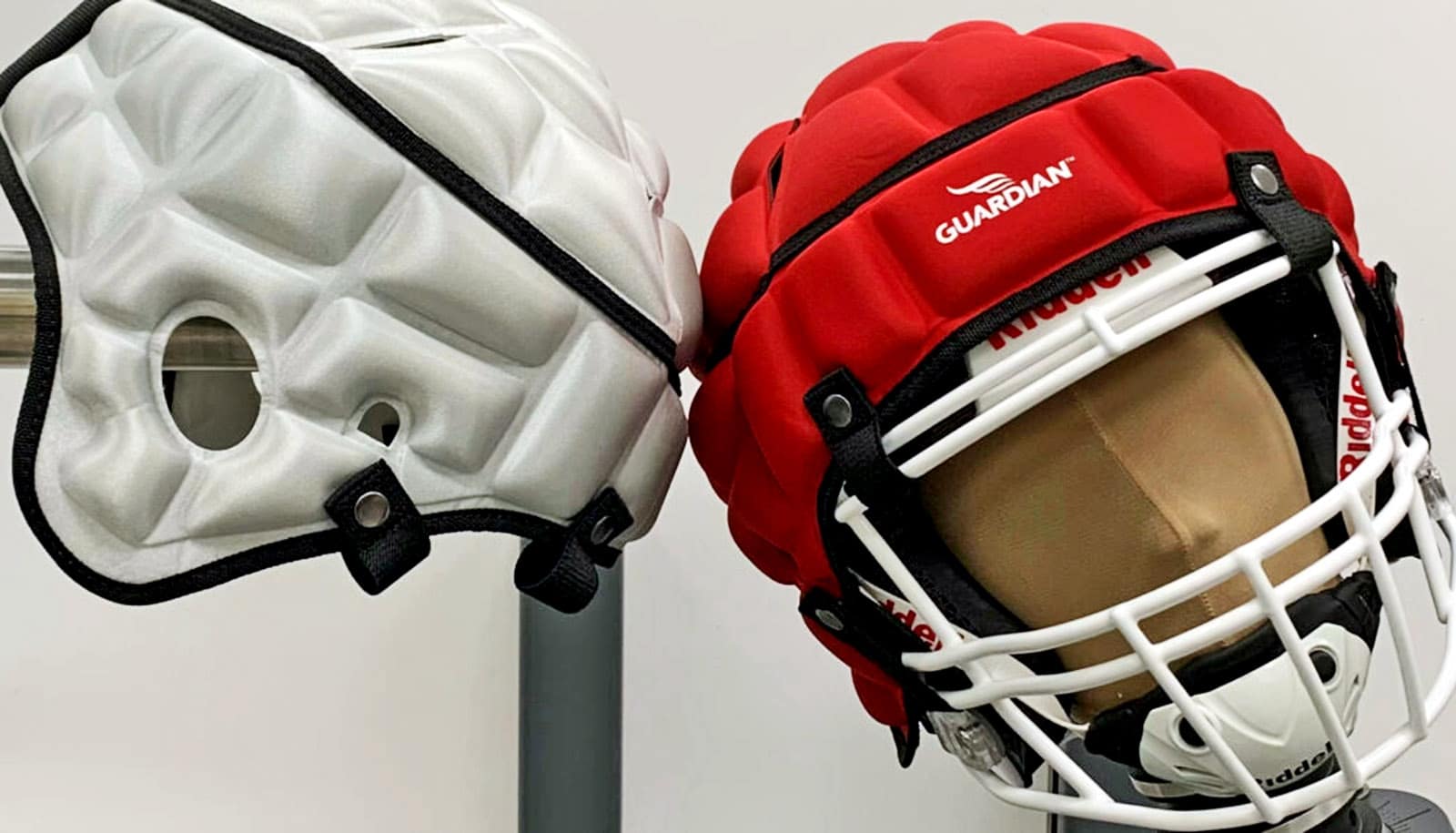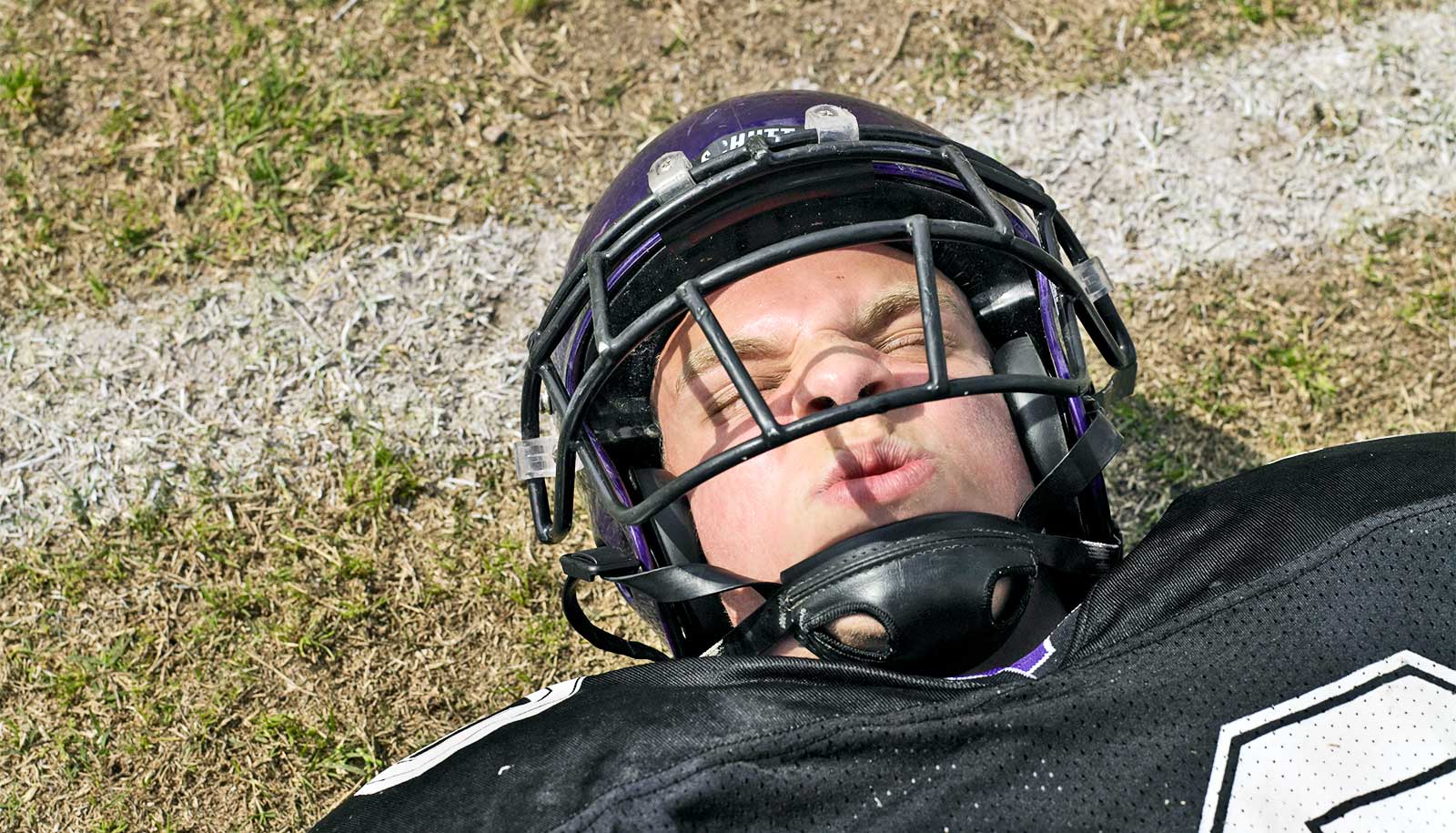The clearest predictor of what could cause a person to suffer the brain disease CTE later in life is the cumulative force of thousands of hits to the head, and not just the sheer volume of concussions, research shows.
For years, researchers studying chronic traumatic encephalopathy, or CTE, believed the primary cause of it was repetitive hits to the head, whether or not those hits caused concussions. They believed the more frequently that a person sustained head blows, the more likely they were to develop neurological and cognitive struggles later in life.
The new study in Nature Communications adds a wrinkle to the research.
The study is the largest one to date, examining root causes of CTE, which is associated with everything from memory loss to impulsive behavior to suicidal thoughts and depression.
Using data from 34 published studies that tracked blows to the head measured by sensors inside of football helmets, the researchers were able to see how 631 former football players, whose brains were donated for research to Boston University, have been affected.
The study found that 71% of the brains examined—451 of the 631—had some level of CTE, while 180 showed no sign of the disease. The worst forms of CTE showed up in players who had absorbed the greatest cumulative force of hits to the head, meaning they were hit often and hard. (The individuals who absorb the hardest hits to the head are defensive backs, wide receivers, and running backs.)
Senior author Jesse Mez is an associate professor of neurology at the Chobanian & Avedisian School of Medicine, as well as the associate director of the Boston University’s Alzheimer’s Disease Research Center and codirector of clinical research at the BU CTE Center. Here he clarifies the study findings and where CTE research goes next:
We have heard a lot about the impact of repetitive hits from football on the brain, starting at a young age. This latest research looks more closely at the force of those hits. Can you explain the findings in this latest work?
CTE is a neurodegenerative disease caused in part by exposure to repetitive head impacts, most commonly from contact sports. Currently, CTE can only be definitively diagnosed postmortem, and most of the relationships we have observed with CTE have come from studies utilizing our UNITE Brain Bank, which includes over 1,300 brain donors with exposure to repetitive head impacts. Previously, we have shown that there is a dose-response relationship between years of football play and risk for CTE.
Our new study extends this finding by projecting football helmet sensor data obtained from living players onto our brain donors based on their duration, [and] level and position of play. For each brain donor, we generated an estimated cumulative force (termed cumulative head impact index-g force, or CHII-G) of impacts experienced over the course of their football career.
We showed that the [estimated cumulative force] is a better predictor of CTE pathology and CTE severity than using years of play or cumulative hit count.
Can you explain how the force of the hits was measured, and is there anything you think can be done to reduce the force of these types of hits?
Across 34 different studies of football players who wore helmet sensors, we averaged the number of hits and force of those hits stratified by level and position of play over the course of a season. We used this “positional exposure matrix” to derive the cumulative head impact for each donor. The CHII-G is a cumulative measure that accounts for both the number of hits and how hard those hits were over the course of a player’s career.
Anything that reduces the number of hits and force of the hits could be beneficial. This would include starting to play at an older age, playing fewer games, not hitting in practice, or reducing drills that encourage hard hitting.
Taken together, the volume of hits and the force of hits, where does this leave the research now on CTE? What’s next? Are you hopeful that leagues like the NFL are paying attention to the volume of research coming out and willing to consider changes to the sport?
I think that we’ve now demonstrated clearly that repetitive head impacts in football are a cause of CTE. Although similar relationships in other contact sports have not been studied in the way we have for football, there is growing evidence that similar relationships may exist.
Sports like ice hockey, boxing, MMA, rugby, and soccer need systematic investigations, as well. I’m hopeful that leagues and coaches take notice. For at least some of these sports, changes could substantially improve long-term neurodegenerative outcomes without dramatically changing the nature of the sport.
The National Institutes of Health, the Department of Veterans Affairs, and the Department of Defense funded the work.
Source: Doug Most for Boston University



